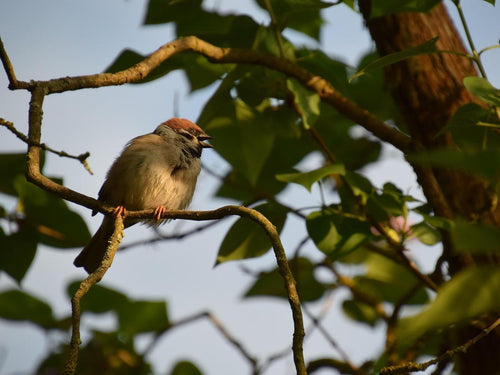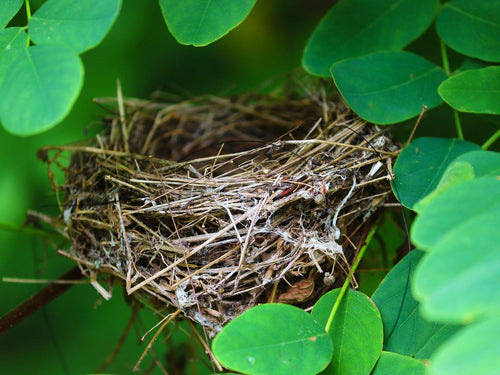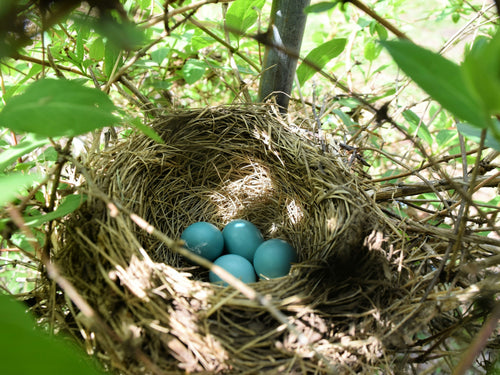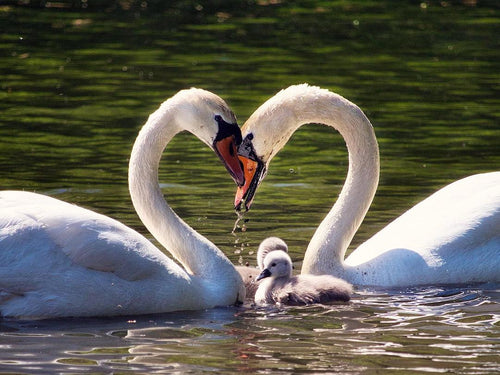Do Birds Fly at Night? Why and How Nocturnal Bird Flight Happens
TTNatureTeam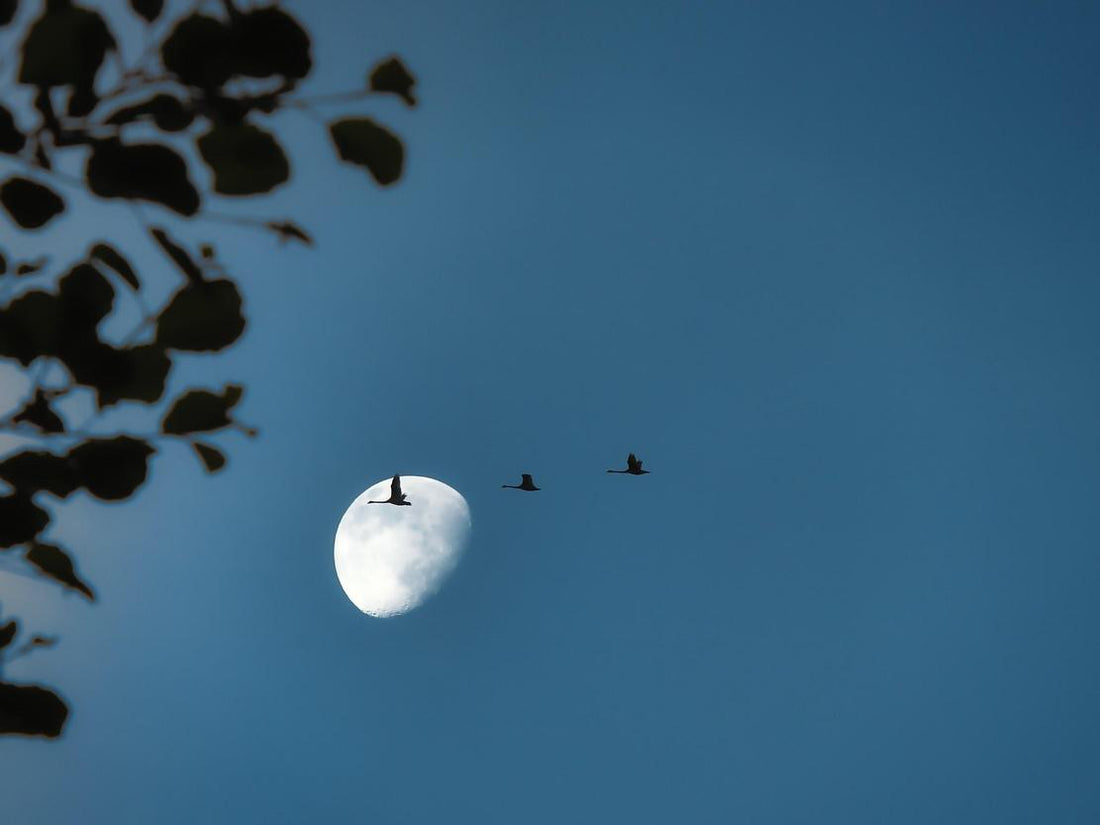
Yes, many birds do fly at night, particularly migratory species like owls and songbirds. Birds flying at night is a common phenomenon around the world.
Birds that build nests, mate, or feed in the day may fly at night when they leave their summer home and fly to their winter address. Some birds, like the owl, are naturally made to fly and hunt at night.
Why Birds Fly at Night
Birds find flying easier at night as the atmosphere is calmer and temperatures are lower. As a result, birds use less fat reserves while traveling.
A nighttime flight typically begins when twilight ends, or about an hour after the sun sets. During this nocturnal migration, endless amounts of small songbirds including warblers, orioles, thrushes, sparrows fill the sky.
The Owl
The owl's magnificent giant eyes are aimed at capturing a vast amount of light, so it can see or move in the dark. In addition, the owl's feathers, which are serrated and fringed, help it to muffle the sound when it flaps its wings. Besides, the big wingspan makes the bird noiseless in flight.

Twilight Birds
Birds are sometimes very confusing because they become most active in the early morning and evening hours, and people get them mixed up with the ones that are only active at night. For example, hummingbirds, not made to fly after dark, are seen feeding in dawn's soft light. The European nightjar produces its whip-poor-will call for the first time at dusk. Twilight is always defined as the time when the sun sits just above the horizon.
How Do Birds Use Unihemispheric Slow-Wave Sleep When They Migrate?
The birds of the night, such as birds of prey and migratory species, are able to rest and be alert simultaneously. The question is how is this feasible? Those birds that travel through the night undergo the process of sleep called unihemispheric slow-wave sleep (USWS). During this state, a bird is able to keep an eye on the surroundings even though it is half asleep.
How Ducks Use USWS
Ducks, for instance, are supported by their environment as well as their body, most remarkably through the circadian rhythms in the brain. Amazingly, one hemisphere of their brain sleeps while the other remains awake. So, they can carry out multiple functions, such as detect the danger around them and satisfy their sleep drive at the same time.
How USWS Helps Birds Cover Longer Distances at Night

This gift of nature is indeed a big plus for migratory birds as far as traveling is concerned. They are able to cover large distances in a shorter time.
The alpine swift, to take one example, is a bird that can travel non-stop for 200 days since it is able to sleep in flight. A similar cognitive mechanism enables similar bird species to navigate and pursue extraordinary distances. Just to give you another example, the Arctic tern is a USWS species. The bird migrates every year, 79,700 km (49,700 miles), which is quite a lot of nighttime flights.
The Dangers of ALAN
In a nutshell, light pollution or artificial light at night (ALAN) is the overuse or wrongful directing of artificial light, which in this case can be harmful to the natural compass a bird uses. A bird's compass is based on the lunar light and stars.
Feeding may be seriously interrupted if large quantities of light are emitted and birds cannot deal with the excess light. They will also be off their usual breeding time in these cases
Nighttime is a time when birds, which are mostly night-flyers, take advantage of night conditions to perform a great part of their migratory flights. Artificial light at night or ALAN can therefore be an unwelcome light during migration.
How ALAN Restricts Birds' Night Flights - Reference Table
|
Issue |
Description |
Main Migratory Routes Affected |
|
Increased Collisions |
Birds are confused by the artificial light and as a result, they fly into brightly lit buildings, communication towers, and other structures. This applies in the highest degree to the places that are particularly urban and coastal where light pollution is very high. Birds can also get stuck in a light beam, and as they fly around without rest, they risk being caught by predators or they may die of hunger. |
North American Flyways: Atlantic Flyway (especially coastal cities like New York, Miami), Mississippi Flyway (cities along the Mississippi River), Central Flyway, Pacific Flyway (cities like Los Angeles, San Francisco). European-African Flyways: Mediterranean Basin, particularly cities and industrial areas along coastlines and major inland migratory corridors. Urban centers within European and African countries. East Asian-Australasian Flyway: Densely populated coastal areas and large cities in East Asia, Southeast Asia, and Australia. |
|
Disrupted Navigation |
As a result of the existence of artificial light at night (ALAN) a bird's natural navigational cues such as lunar light and stellar patterns (stars) are disturbed. |
Crossing areas may involve places with light pollution like cities, off-shore oil rigs, and industrial sites.. |
|
Twisting How Nature Works |
Feeding, resting, and breeding can be negatively affected by ALAN. |
Urban sprawl can lead to migration problems.. |
|
Avoiding the Light |
Too much ALAN causes some birds to stop or breed at the wrong sites, thereby affecting survival. |
Places along the coast with high-density human populations, and inland corridors with energy infrastructures. |
|
Predation Risk |
Artificial light at night inadvertently can increase their danger of birds being hunted. |
Migratory paths that pass through lighted urban and suburban sites where ALAN is high, attract predators like raccoons, domestic cats, and owls.. |
Problems Birds Experience When Flying Against the Wind and Rain
If the wind is blowing in a direction that is different from that of the birds' flight or if it is raining when they migrate, the birds will have to spend extra energy. Therefore, night birds are affected negatively by excessive rain and wind. Not only do they use more fat reserves, they have vision difficulties.
Night Birdwatching
Because many birdlovers are not aware that birds actually are active at night, this fact can open one's eyes to a "completely different" experience of birdwatching in the backyard.
Should you decide to take this route, you will need night vision binoculars and need to keep up with night bird calls. Whether you decide to rest or watch, night-flying birds really bring to life the experience of getting to know the species that take to the sky at night.
A Breakdown of Nighttime Flying - Reference Table
|
Behavior |
Description |
Common Bird Species |
|
Nocturnal Migration |
Migratory night flying is actually a very useful strategy for a bird, since it allows it to avoid daytime predators, such as falcons and hawks. Furthermore, the birds can fly more smoothly, given the absence of turbulent air and the cooler temperatures (which ensure that they don't get overheated), so that they can also use their fat reserves sparingly. |
Sparrows, Warblers, Orioles, Thrushes, Ducks, Arctic Terns, Bar-tailed Godwits |
|
Stronger Vision |
Night flying birds get extra rod cells in their retinas. The extra rods make it possible for them to see in almost complete darkness. |
Owls (Barn Owls, Great Horned Owls, Screech Owls), Nightjars, Nighthawks |
|
Increased Hearing |
The increase of sensitivity to very quiet but distinct sounds makes the night birds in flight a good source of help in finding prey even if the place is in complete darkness. |
Barn Owls, Screech Owls |
|
Silent Flying |
Insectivores with feathers that have serrated edges reduce their noise during flight, thereby increasing their chances of capturing a suitable prey. |
Great Horned Owls |
|
Twilight Activity |
Some birds, although not nocturnal, take advantage of the dimness at sunrise or sunset to get away from their predators and go hunting. |
Black-crowned Night-Herons, American Woodpeckers, Allen's Hummingbirds, White-eared Hummingbirds, Brandt's cormorants, Western grebes, california brown pelicans |
|
Celestial Navigation |
The star and moon have been used for guidance since the dawn of time. Flying nocturnal birds trace the stars and the moon, their sources of light, which they employ to highly efficient navigation at night. |
Migratory birds (such as those undertaking long-distance night flights - including song birds and geese) |
Conclusion
Birds can't fly a long distance during the day, but they can fly double the distance at night. This makes you look at your backyard birdwatching in a "whole new light." Take out your night vision binoculars or smart bird feeder camera and try birdwatching after the sun goes down.

